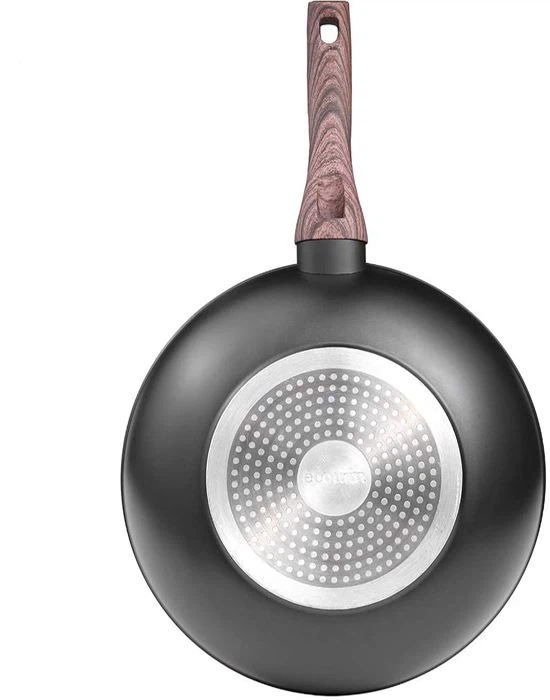Different materials have different thermal conductivity. The thermal conductivity of some materials we often use is: iron 80 (W/mK), cast iron 40 (W/mK), stainless steel 15 (W/m potassium), glass 1 (W/mK), ceramics<1 (W/mK -), copper 398-401 (W/mK -), aluminum 237 (W/mK -). Their specific heat capacities are: iron 0.442 (KJ/kg-K), cast iron 0.503 (KJ/kg/kg-K), stainless steel 0.465 (KJ/kg-K "), glass 0.75 (KJ/kg-K), ceramic 0.85 (KJ/kg-1), copper 0.386 (KJ/kg-K), and aluminum 0.905 (KJ/kg-K).
What does the size of these numbers mean? We can see that among these metals, copper has the fastest thermal conductivity, which means that the copper pot can achieve "secondary heating" and also means that once it leaves the heating source, it will immediately cool down. For ceramics and clay pots, due to their low thermal conductivity and high heat storage performance, they can continue to release heat for a period of time after leaving the heating source. Therefore, when we use pots made of materials with good thermal conductivity and low heat storage performance, such as copper pots, it will be more convenient to control the temperature of the ingredients.

Controlling heat and temperature is very important in Chinese cooking. For example, when stir frying, we need the pot to heat quickly and require firepower to achieve timely adjustment of the temperature inside the pot. To achieve this effect, the pot needs to be made light and thin, with good thermal conductivity and unable to store too much heat.
Do we immediately think that copper pots are a good choice for frying pans when we see this? In fact, this is not the case. Although copper pots have a high appearance and good material, they are difficult to maintain in daily use, prone to rusting, and cannot cook acidic ingredients, so we rarely use copper pots in our home now.